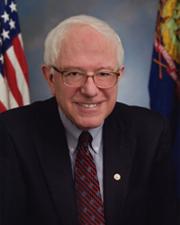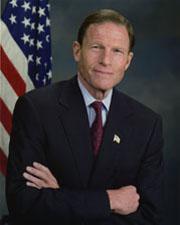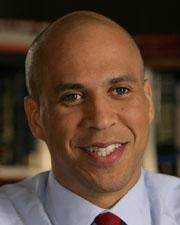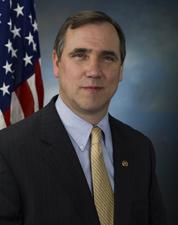S. 1818: Prescription Drug Price Relief Act of 2025
This bill, titled the Prescription Drug Price Relief Act of 2025, seeks to lower prescription drug prices in the United States by addressing the pricing practices of pharmaceutical manufacturers. It introduces a framework to identify excessively priced drugs and aims to eliminate any government-granted monopolies on these drugs. Here is a breakdown of the key components of the legislation:
Identification of Excessively Priced Drugs
The bill requires the Secretary of Health and Human Services to establish a process for reviewing and identifying brand name drugs that are priced excessively. This review should occur at least annually and follows these guidelines:
- Excessive Price Determination: A drug will be considered excessively priced if its average manufacturing price in the U.S. exceeds the median price of the same drug in five reference countries: Canada, the United Kingdom, Germany, France, and Japan.
- If data for fewer than three of these countries is available, the Secretary can determine excessive pricing based on additional factors like patient population size and drug value.
Ending Government-Granted Monopolies
If a drug is determined to be excessively priced, the Secretary will:
- Waive any government-granted exclusivity rights on the drug, allowing other manufacturers to produce and sell it.
- Grant open, non-exclusive licenses that enable any entity to manufacture, sell, or import the drug within the U.S.
Petition for Determination
Individuals can petition the Secretary to review drug prices on their own initiative, with required determinations made within 90 days. If the Secretary declines to make a determination, the reasons will be made public.
Civil Actions for Price Increases
Should a pharmaceutical manufacturer raise the price of a drug after it has been identified as excessively priced, the Secretary may pursue legal action to recover profits gained from such price increases.
Public Excessive Drug Price Database
The bill mandates the creation of a public database to track drugs identified as excessively priced. This should include:
- Name of the drug
- Manufacturer's identity
- Status of excessive price determination
- Details on how many petitions were submitted for the drug
- Open, non-exclusive licenses granted
Drug Manufacturer Reporting Requirements
Manufacturers are required to report annual pricing and revenue details to the Secretary, which will include:
- Average prices in the U.S. and reference countries
- Research and development expenditures
- Marketing costs
Noncompliance will result in civil penalties, structured as a percentage of the drug's sales revenue for the prior year.
Prohibition of Anticompetitive Behavior
The bill includes a prohibition against manufacturers engaging in anticompetitive actions that might interfere with the availability of affordable drugs.
Definitions
The bill also provides definitions for critical terms such as:
- Average Manufacturer Price: The average price at which a drug is sold to wholesalers and retailers, as outlined in existing legislation.
- Brand Name Drug: A drug that is exclusive to the manufacturer and subject to specific regulatory approvals.
- Open, Non-Exclusive License: A license allowing any qualified individual or entity to manufacture and sell a drug without infringing on the manufacturer's patent rights.
Relevant Companies
None found
This is an AI-generated summary of the bill text. There may be mistakes.
Sponsors
8 bill sponsors
Actions
2 actions
| Date | Action |
|---|---|
| May. 20, 2025 | Introduced in Senate |
| May. 20, 2025 | Read twice and referred to the Committee on Health, Education, Labor, and Pensions. |
Corporate Lobbying
0 companies lobbying
None found.
* Note that there can be significant delays in lobbying disclosures, and our data may be incomplete.
Potentially Relevant Congressional Stock Trades
No relevant congressional stock trades found.







